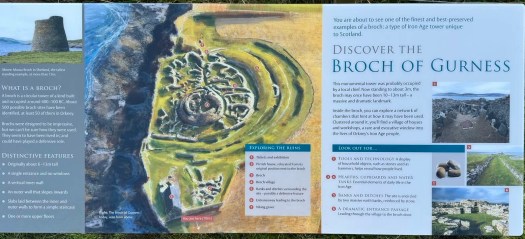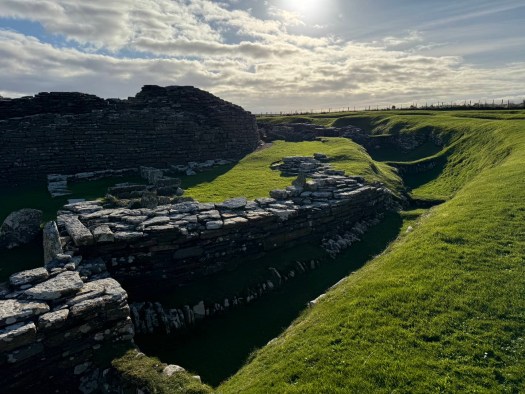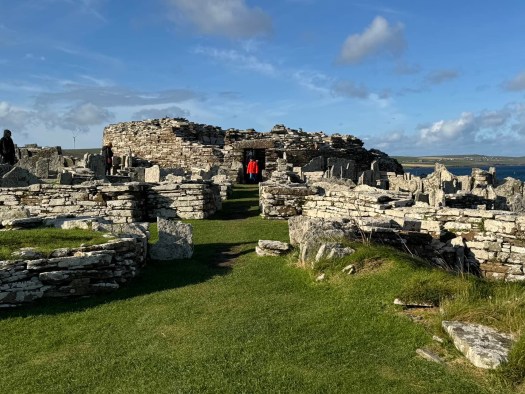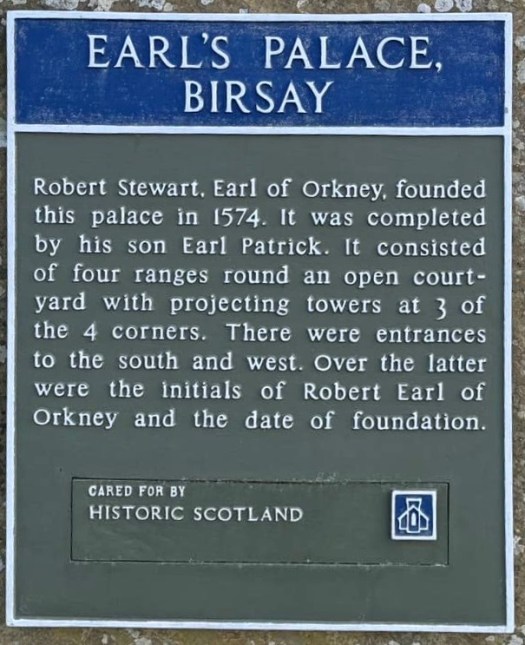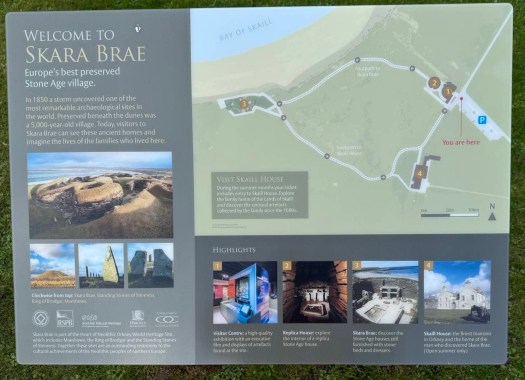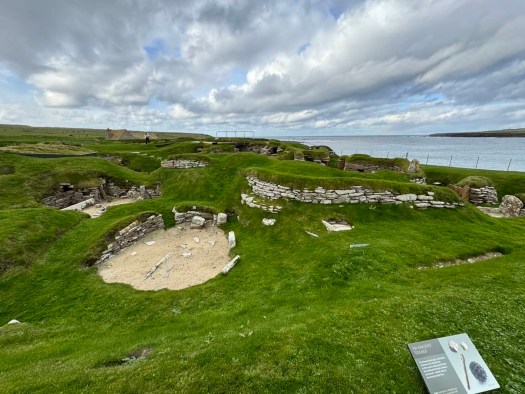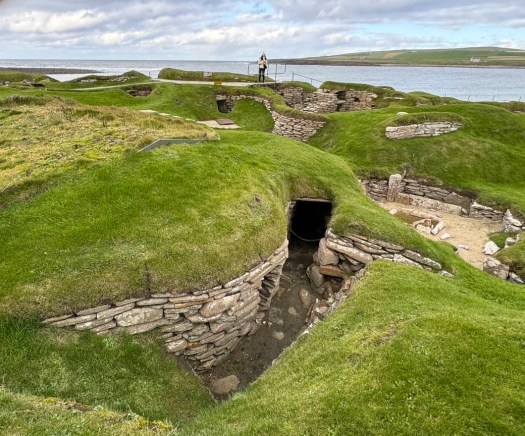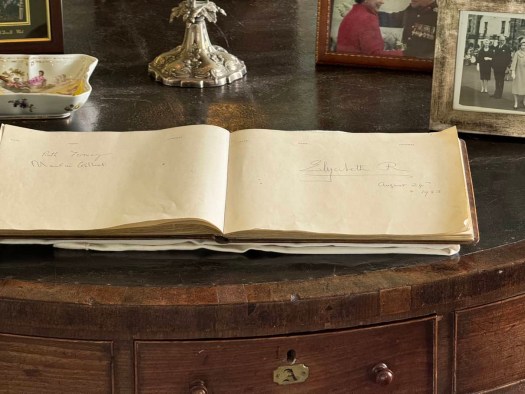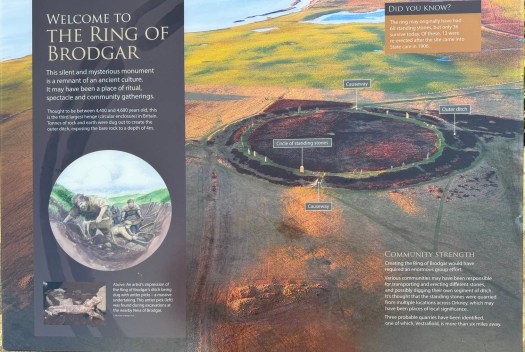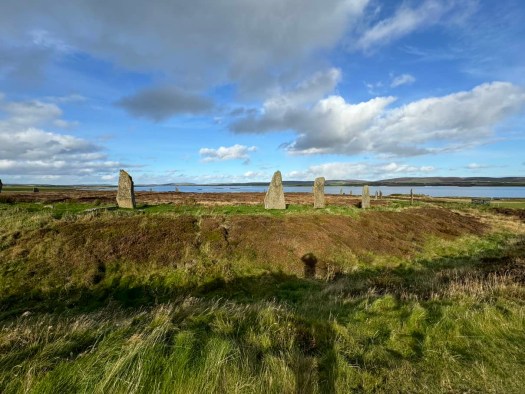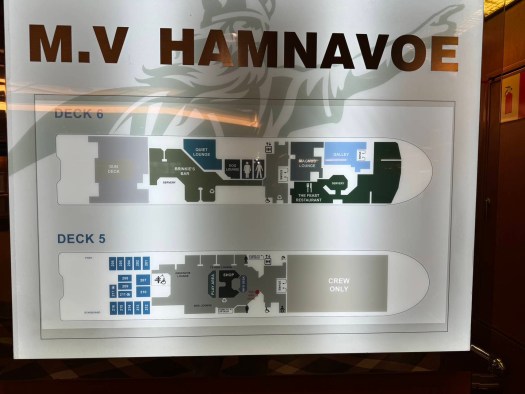from the northernmost part of the mainland UK traveling down southeast toward Aberdeen you find whiskey distilleries and very interesting small towns with very friendly people to chat with.
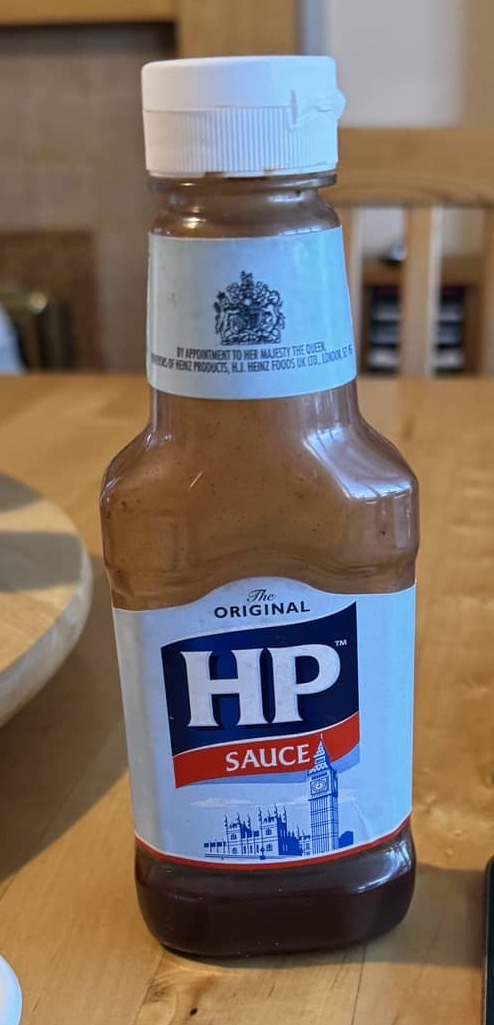































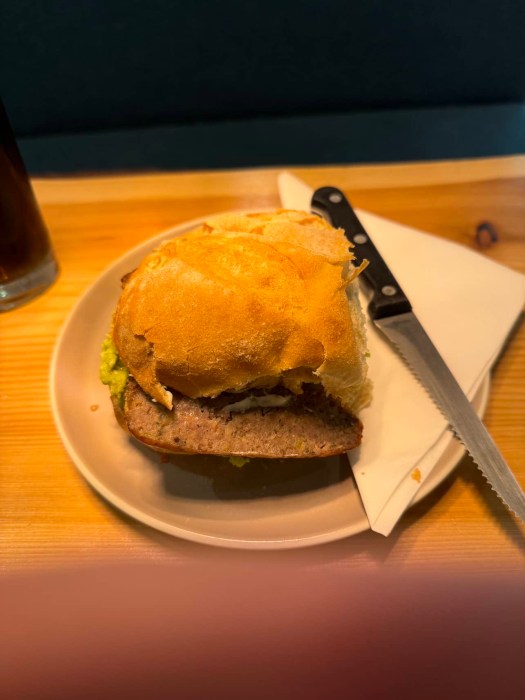
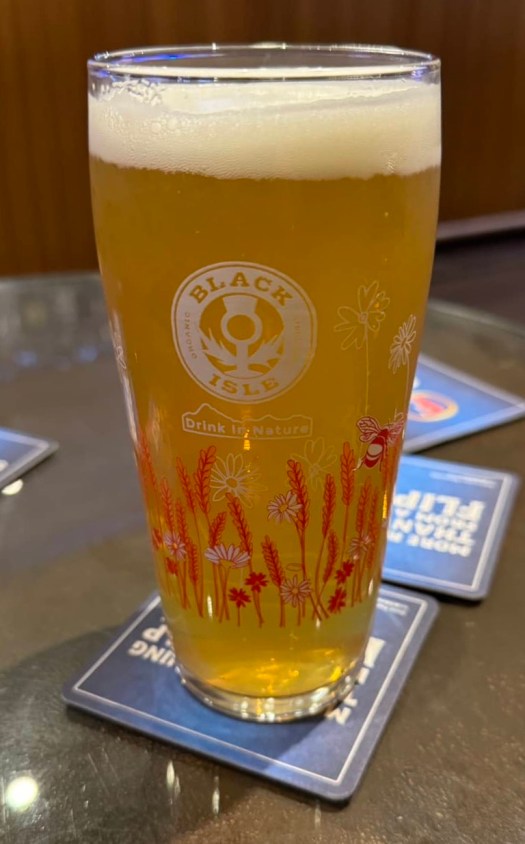

















Click on "Menu" below to search Country or City (wait 30 seconds after clicking) or to see Country Guide
from the northernmost part of the mainland UK traveling down southeast toward Aberdeen you find whiskey distilleries and very interesting small towns with very friendly people to chat with.


















































here below you will see some of the treasures indicating the history of the Albanian people mixing with the Celtic, the Hellenic, the Roman and the Turkish groups. These objects are in the national archaeological museum.

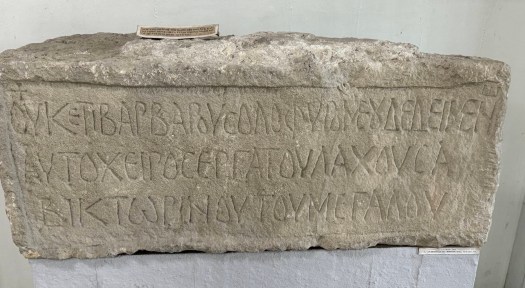




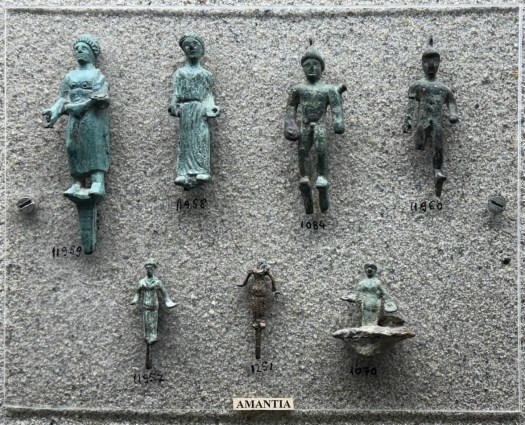

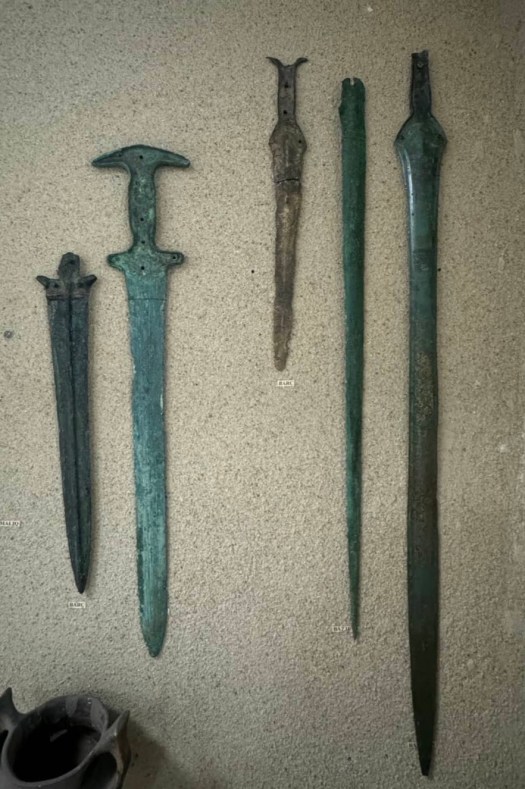

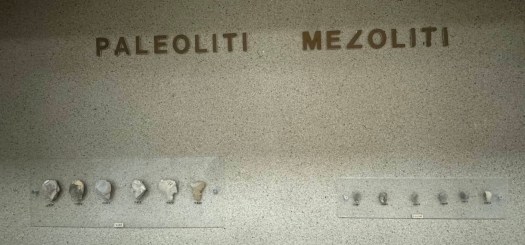
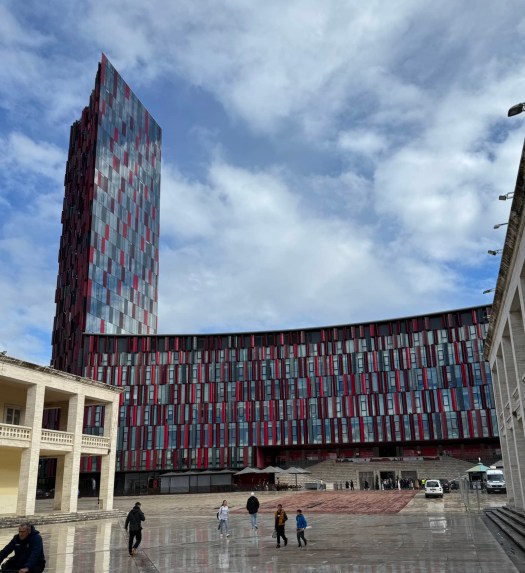

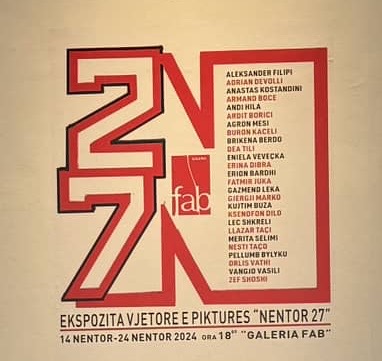
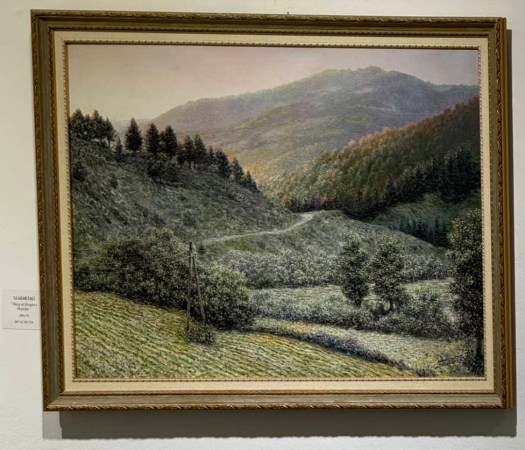
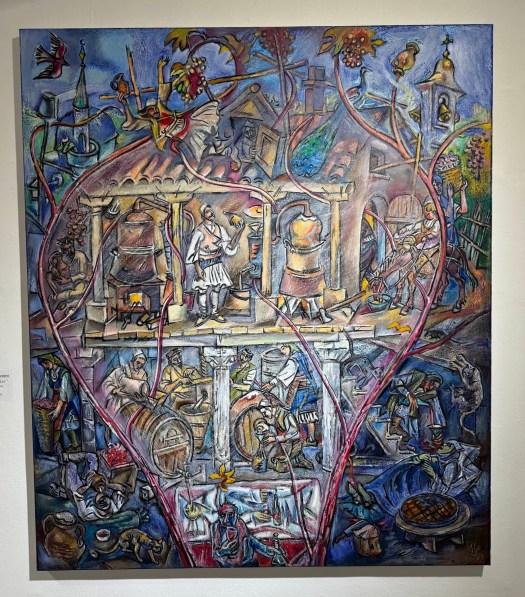
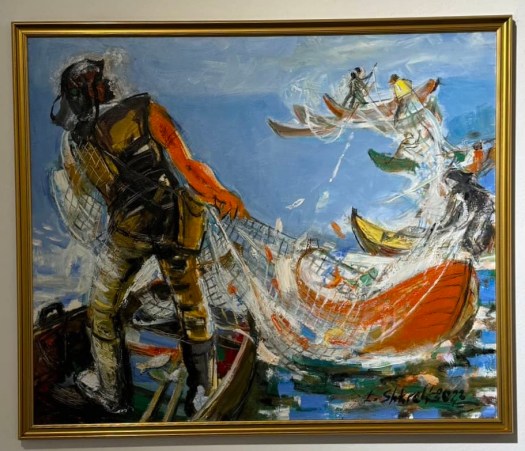


I stayed in a guest house owned by a local well-known professional boxer who also traveled around the world as an internationally recognized boxing referee and umpire. He showed me his trophies numbering more than 50, very impressive.


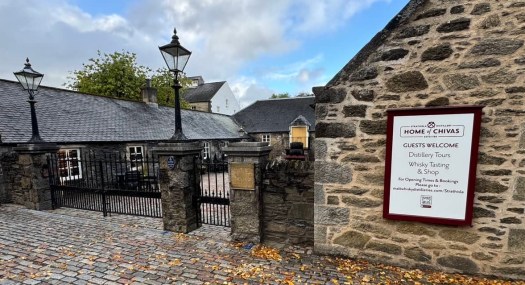


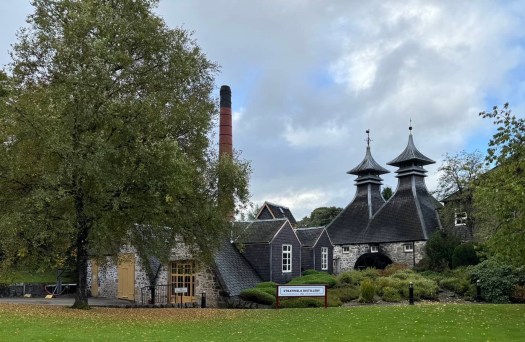
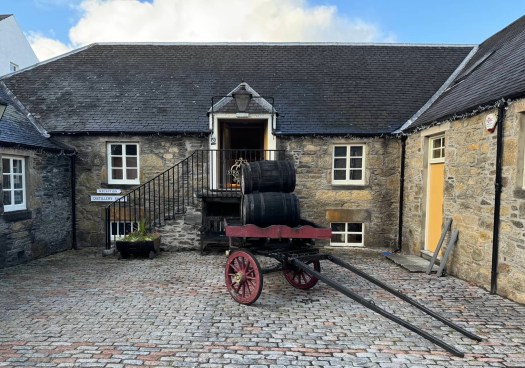
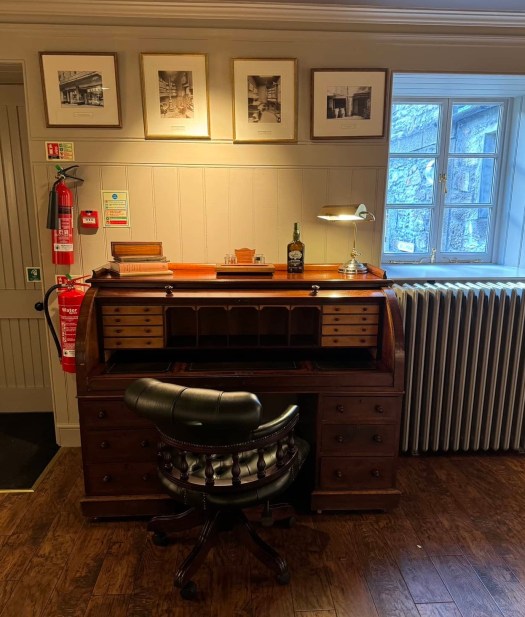

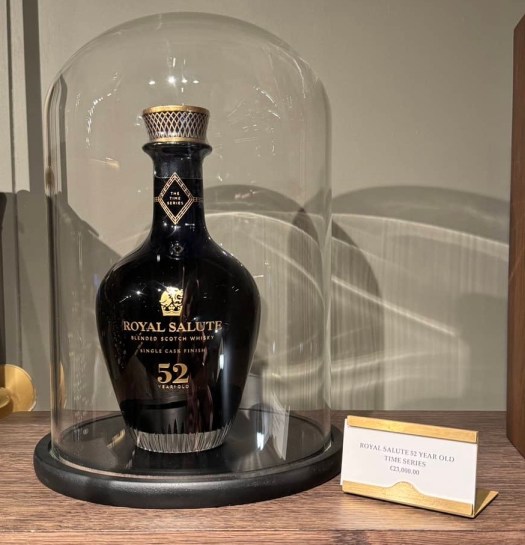



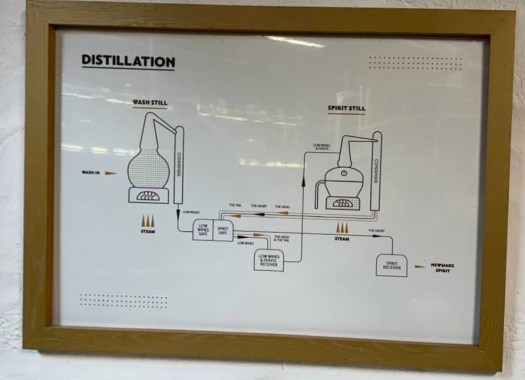


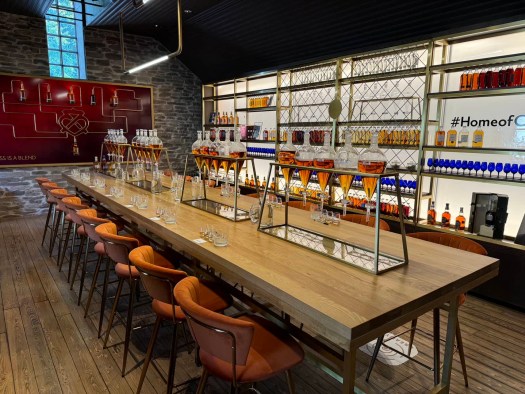
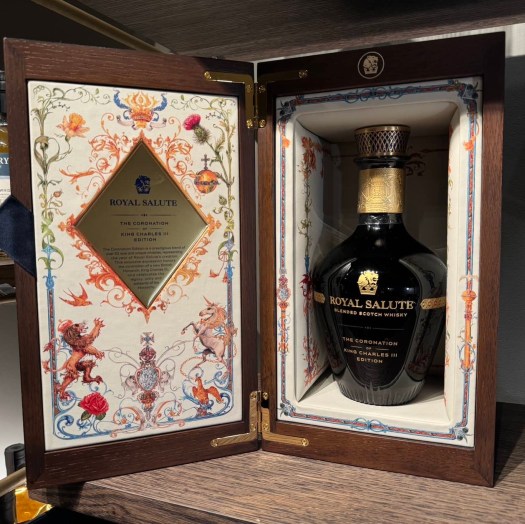

Huntley Castle has mostly been destroyed but there are some things left that are of interest. And the town has some very friendly people at the pubs so I recommend going there, getting something to eat, maybe having a drink and talking with people.

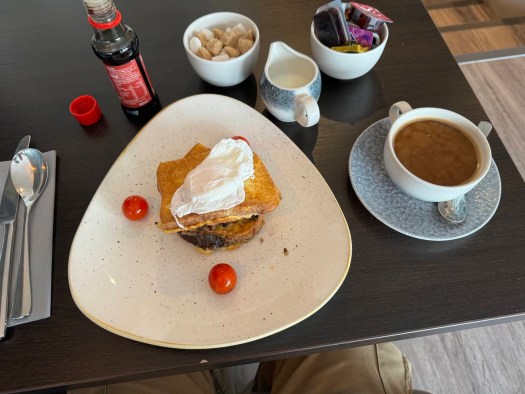

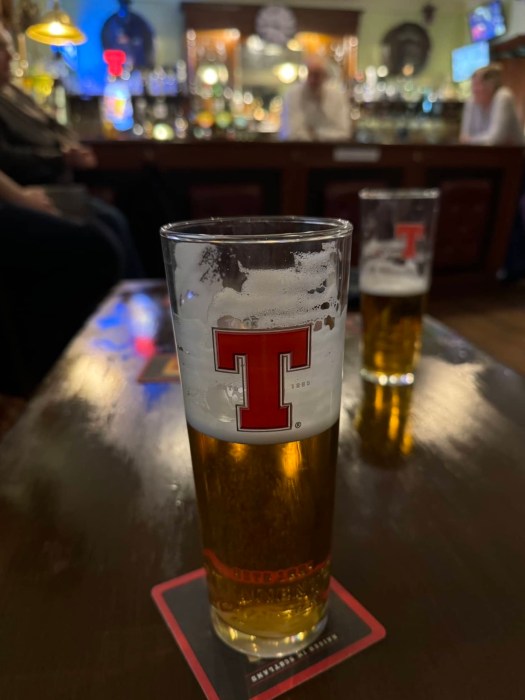

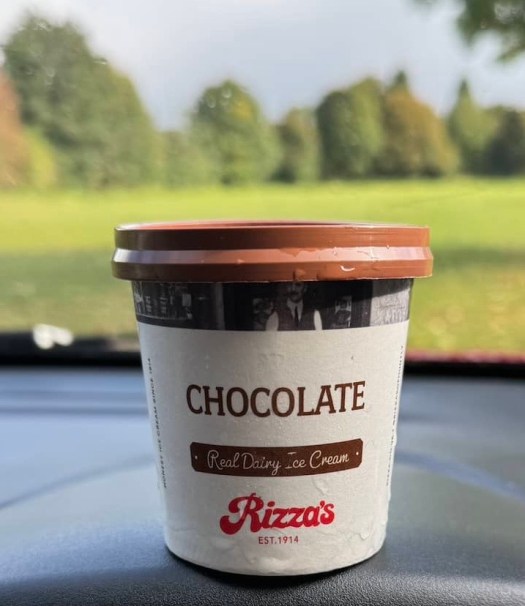

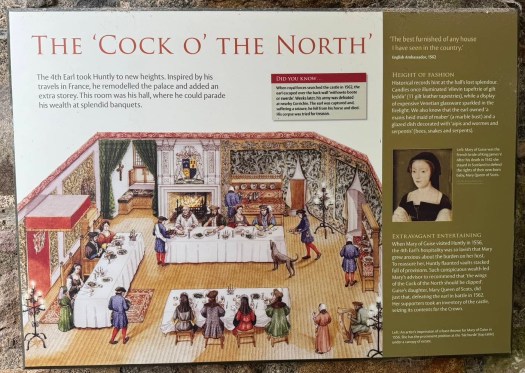

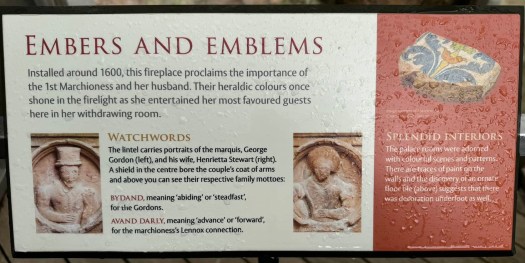

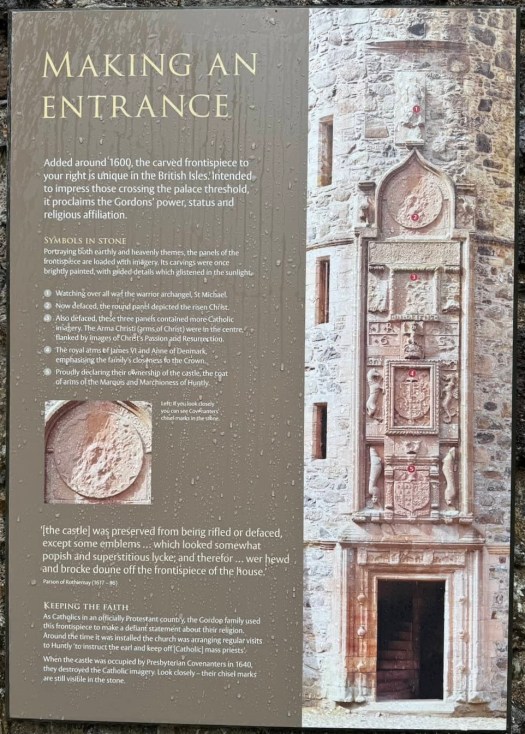







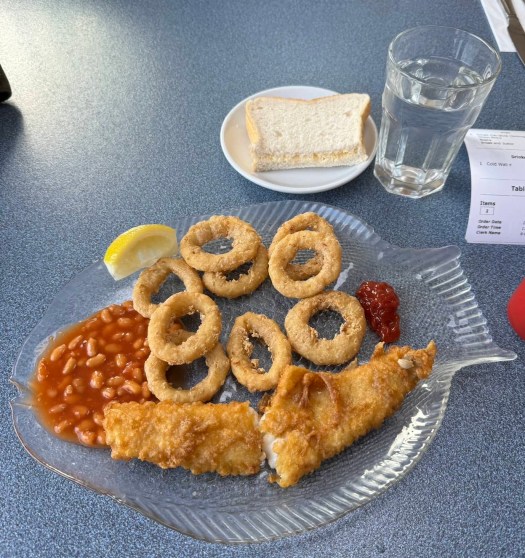
the journey to the outer Hebrides is a short ferry ride depending upon where you board. You have to make sure the weather is OK, coming back the trip was canceled due to very high winds so I had to take the ship the next day. Finding accommodations can be a little tricky since they are limited and if you’re going at the peak tourist season Things could get pretty booked up.
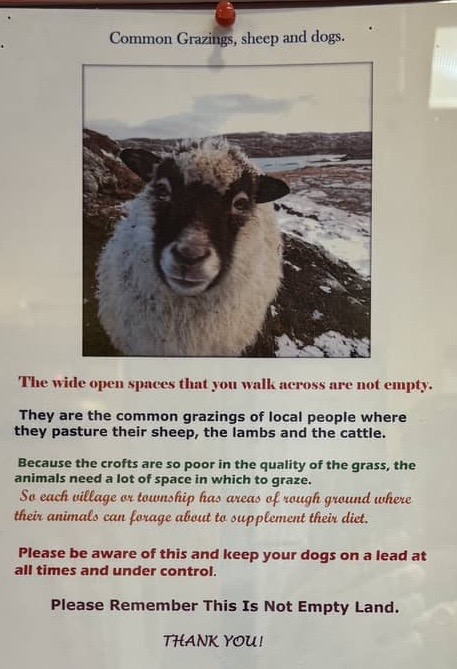

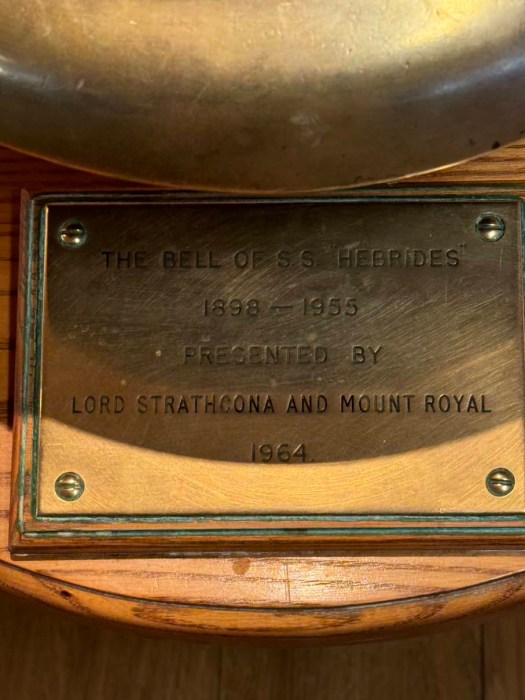
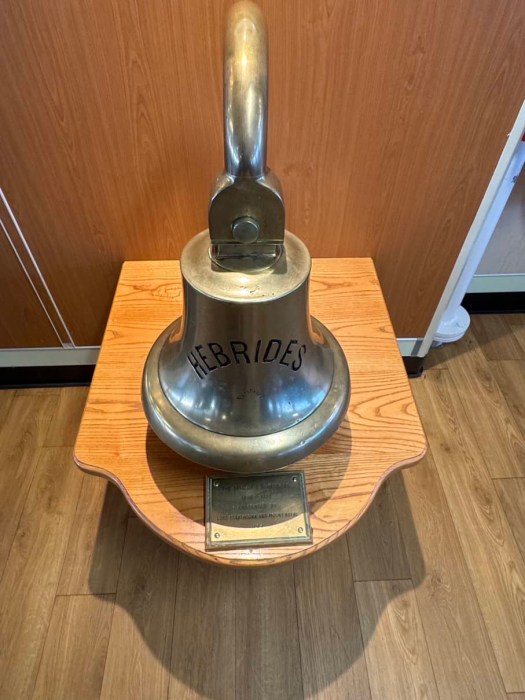

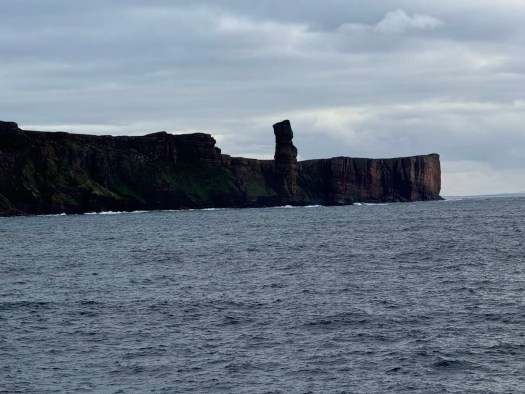
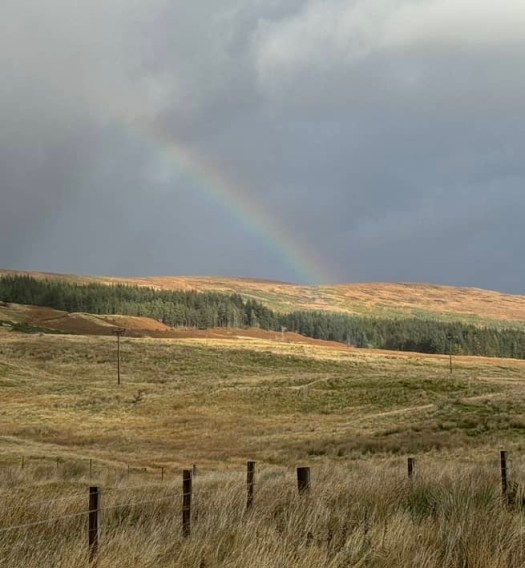

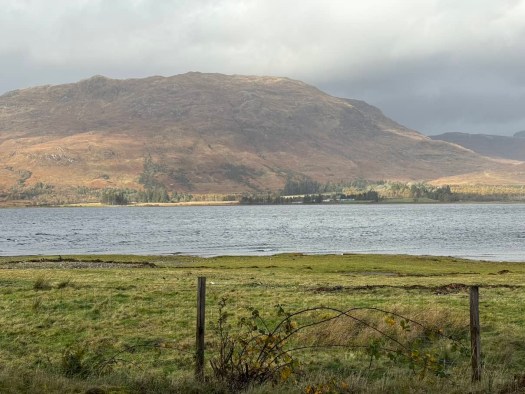
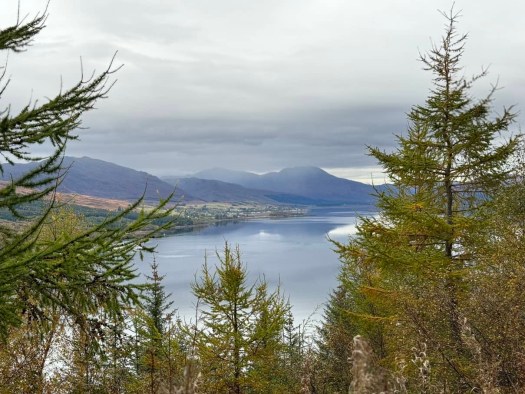
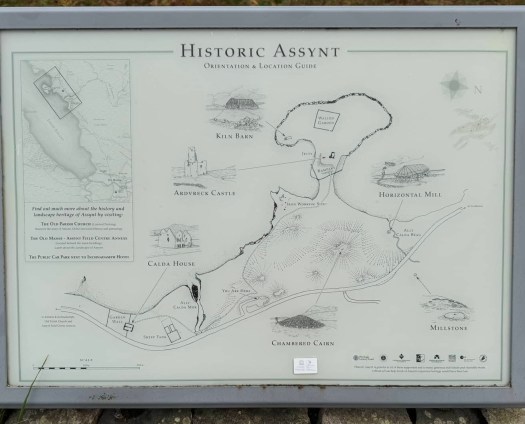
the Orkneys have so many of these Pict structural remains going back as far as 6,000 years ago. It’s a great place to go around by car. Bus travel is a little bit difficult since there aren’t many buses and they are not running frequently. So plan your trip well in advance.



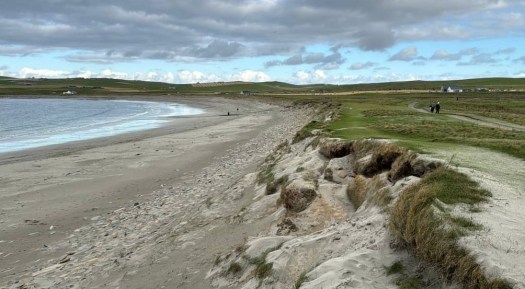

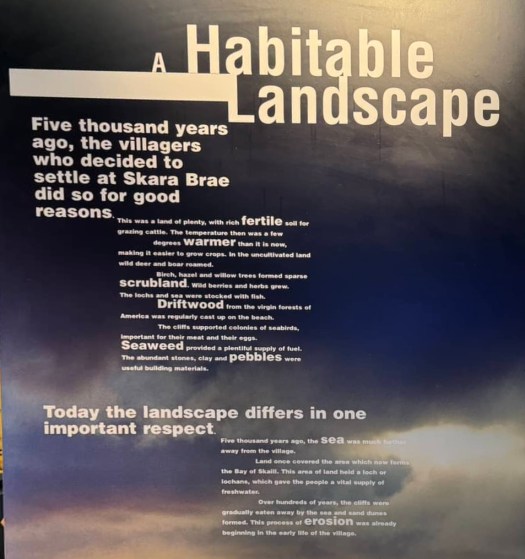
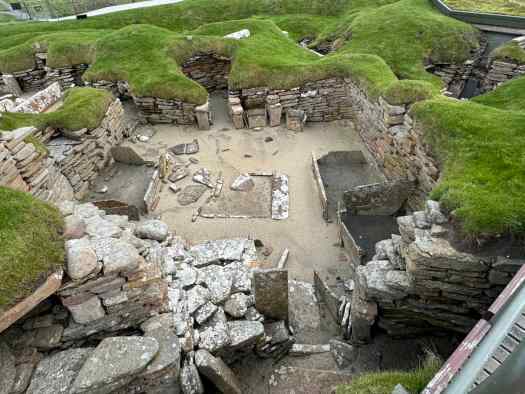

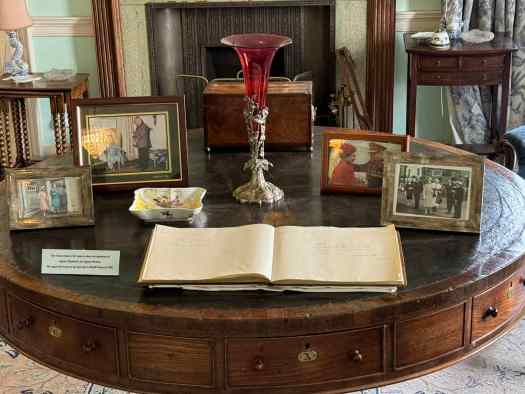

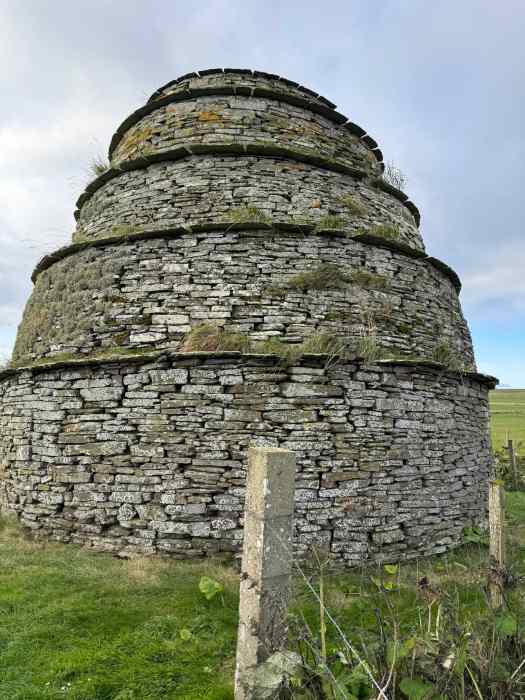

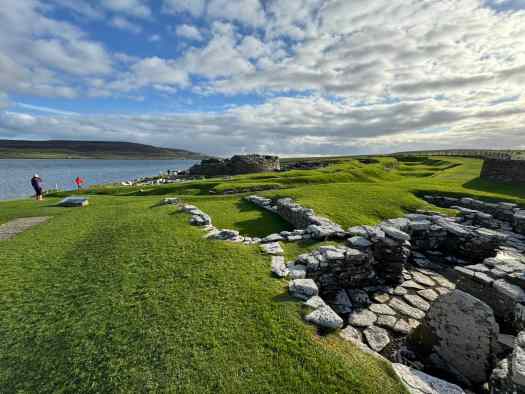



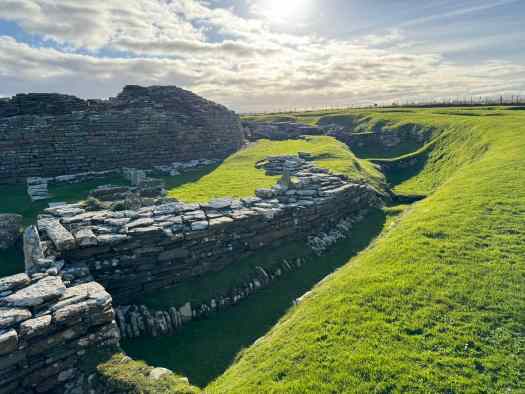




Tirana seems fairly busy but more like a small German town. The infrastructure is needing a lot of investment and there are some inconveniences like needing to buy bottled water since the tap water is not recommended as drinkable. But once you get inside a restaurant or café you find it very nice and clean and people are very polite and attentive. It’s actually a very pleasant city to walk around. The buses are not quite understandable since Google maps shows them with numbers and even the city designated transport maps show the buses with numbers corresponding to the routes, none of the buses have numbers indicating the route and many don’t show exactly where they’re going. The bus stops are just small standing signs with a bus icon. But I found people very helpful and responsive so if you were to take a bus just ask where the bus is going or tell them where you are going and they will let you know if you should be on that bus.














































Inverness is where you go to see Loch Ness and Culloden’s Moor where the Jacobites (believers that the son of James II from his second marriage should have inherited throne) led by Bonnie Prince Charlie challenged the brother of the king of England, George II, To a battle in a soggy and marshy terrain against modern Canon warfare on the English side. The story I didn’t know was that the followers of Charlie had almost marched into London and had a some chance of dethroning George. But they decided to go back to Scotland and on the way had some very successful battles. They almost won the crown but George’s brother a mass far superior weaponry.
jacobite is from the Latin form of the name James, Jacobus. It refers to the followers of the royal family from the second marriage of James II.


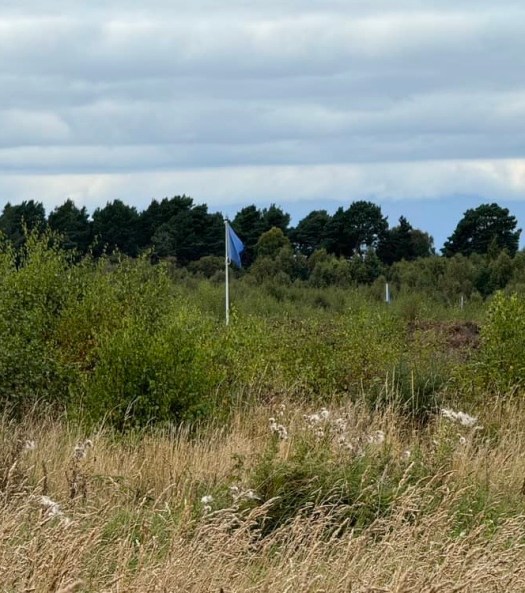



what Family tree shows is that when there were no more heirs through the first marriage of James II of England (Scottish by ancestry and the king of Scotland), they decided to grab George from Hanover who didn’t speak English. What I didn’t know until I saw this tree is that he was a blood descendent of James I And was not just picked from some obscure claim. George was the beginning of the house of Hanover which continues to this day.

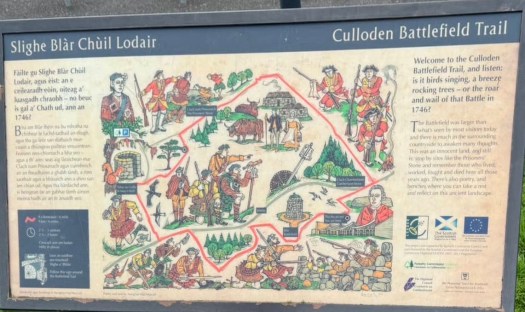



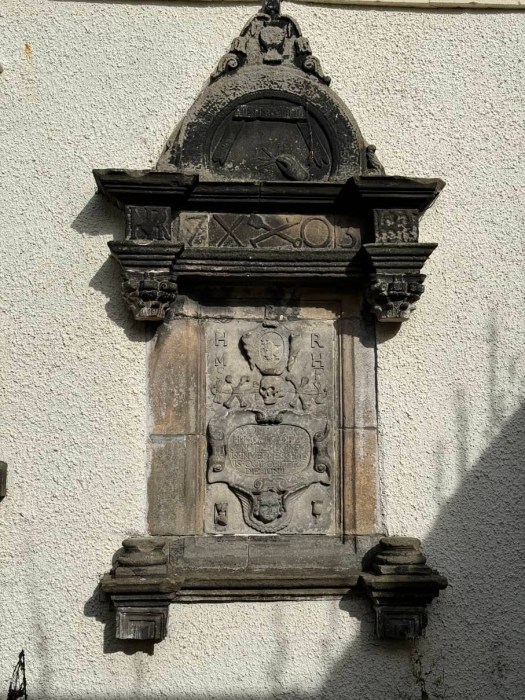

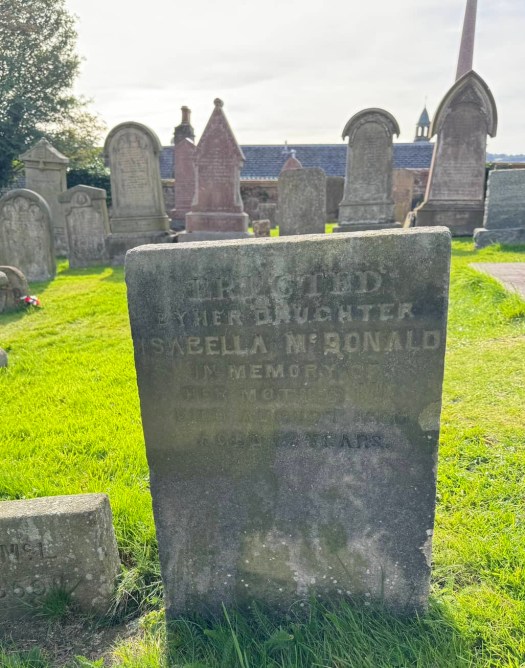



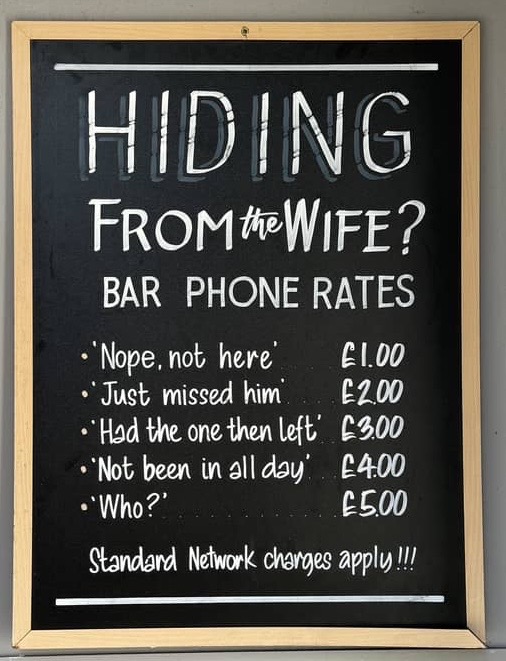
the first visit to the Orkneys I didn’t have a car which made it extremely difficult to go and see what I wanted to see so I went back to the mainland, rented a car and went by ferry to the Shetlands and then back down to the Orkney before returning to the mainland.
